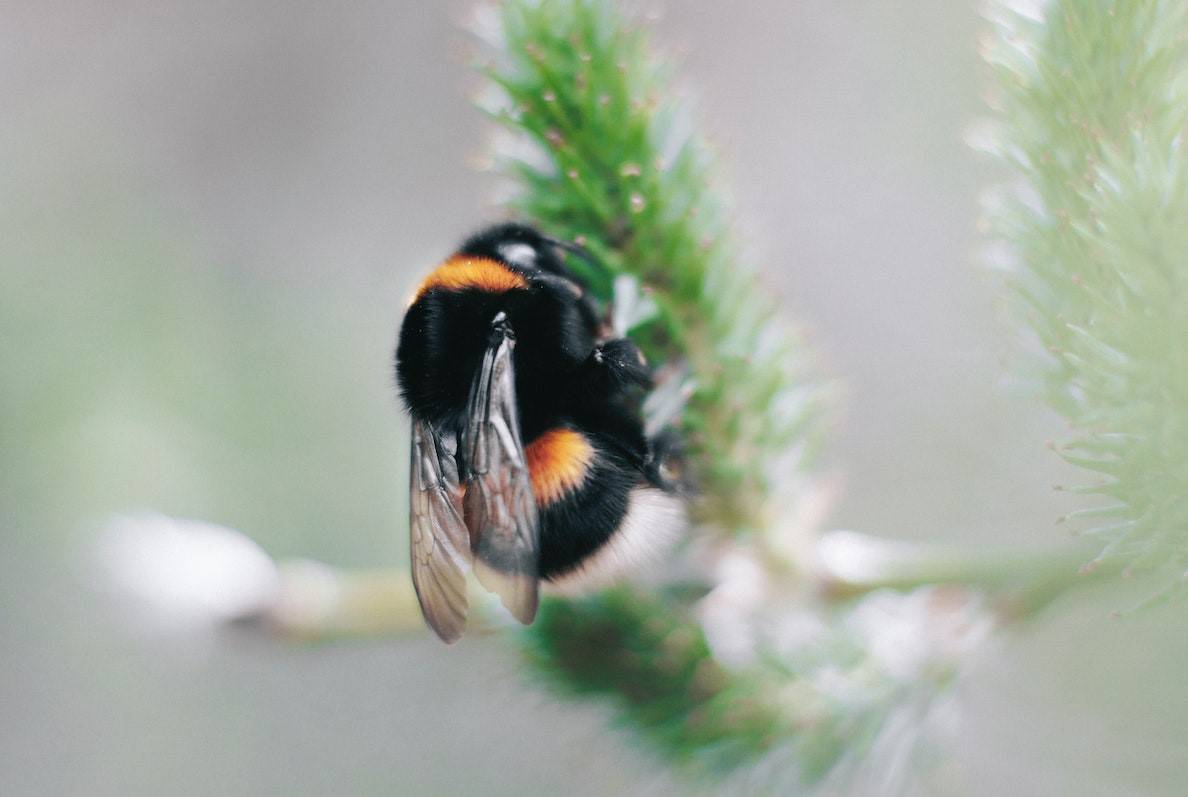Carpenter bees more than pay their dues when it comes to ecological balance. But the question that bothers most people is, do these carpenter bees make honey?
Globally, there are more than 20,000 types of bees. Out of this number, less than 800 of these species make honey.
And the most popular one would be what we all know as the honey bee (Apis mellifera). For people who make a profit out of honey, honey bees are the savior.
Commercial honey producers simply rear these bees to pollinate commercial agricultural areas to keep up with the demand of the beekeeping industry.
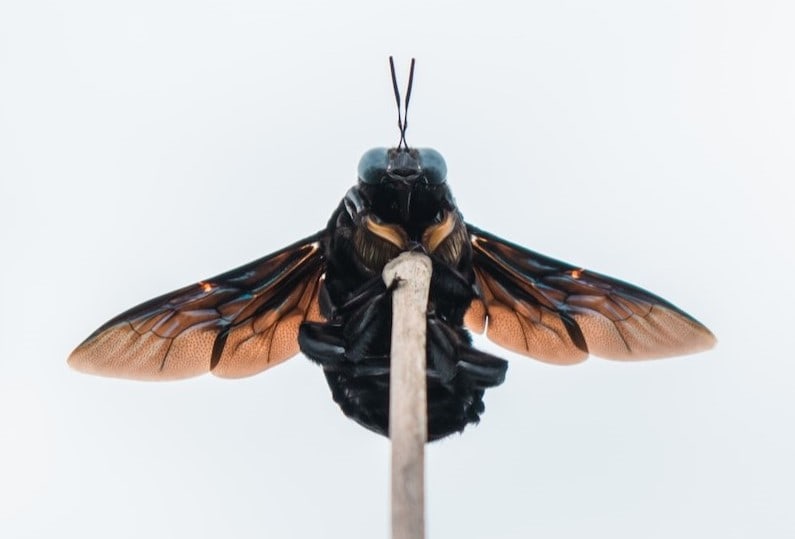
Do Carpenter Bees Make Honey?
Of the remaining species that do not produce honey, most of them are solitary bees. It means that they live alone and not in hives or colonies. They usually live in a nest in the ground, in a wood hole, or in a burrow.
As anti-social bees, they are incapable of producing honey.
There are just so many bees that do not make honey. And a carpenter bee is one of them. The carpenter bees belong to the genus Xylocopa, a subgroup of native bees.
Why Carpenter Bees Do Not Produce Honey
While a carpenter bee may look like a bumble bee or a honey bee, that’s where the similarities end. Carpenter bees do not produce honey.
There are a few reasons why carpenter bees do not make honey.
It is a Solitary Bee
Just like other non-honey-producing bees, a carpenter bee is an anti-social bee species. As such, it does not live with other bees in hives or colonies.
If a single carpenter bee would create honey, it would spend its lifetime and would come up with only one-twelfth of a teaspoon. This poor carpenter bee is not expected to spend its energy just to produce this meager amount of honey.
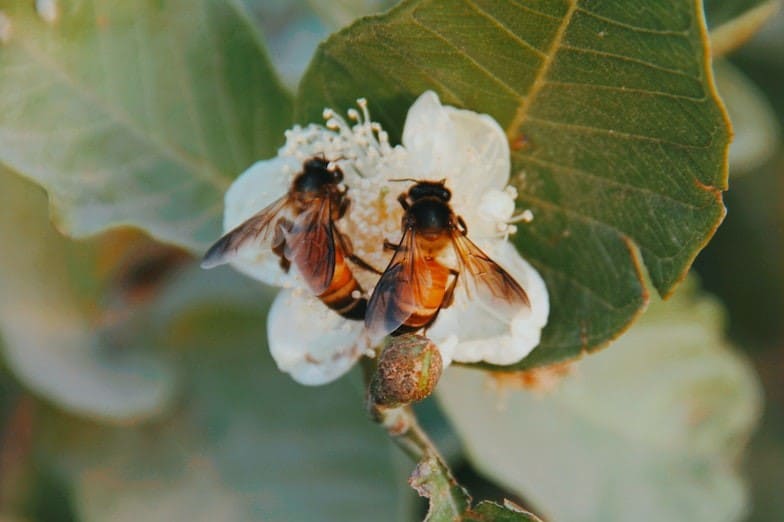
It Does Not Have a Hairy Abdomen
A carpenter bee has a smooth and shiny abdomen. It does not have a fuzzy body that aids in pollen gathering and nectar collecting when they visit flowers.
Let’s take a minute to visualize how this works by comparing it with a honey bee.
A honey bee has a hairy body. When this bee lands on a flower, pollen and nectar get attached to its hairs. By the time this bee comes home, it will have some pollens and nectars to store in the hive.
It Does not have A Pollen Basket, Unlike Honey Bees
Also, female carpenter bees do not have corbicula (pollen baskets) on their hind legs.
Absent this and the lack of body hair, it would not be capable of bringing home pollens and nectars to turn into honey.
But also, it would not have a hive to come home to as they live on wooden structures.
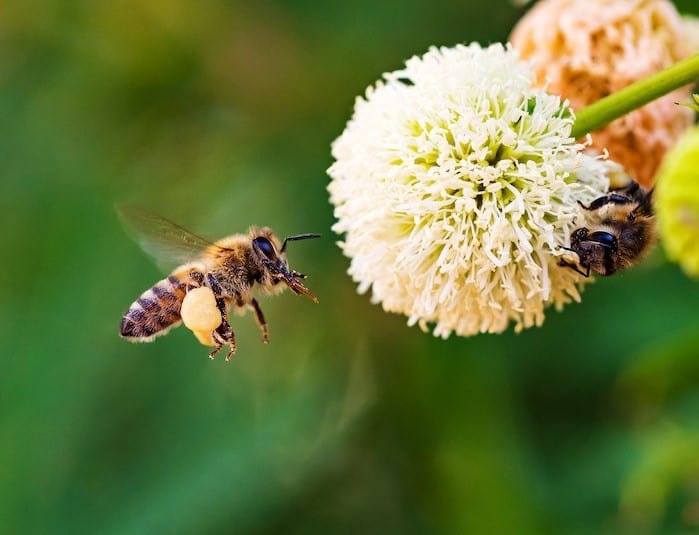
Are Carpenter Bees Good for Anything?
Most people consider carpenter bees as pests as they are named after their ability to drill holes in any wood structure. Their strong jaws are powerful enough to create holes in wood and create their nests.
While a lone nest or hole may not cause too much structural damage, it can be aesthetically unattractive. When left for too long, this single carpenter bee nest can be an externally invisible tunnel inside the wood that can be damaging for any homeowner.
Over time, it would contribute to the weathering of the wood that would cause it to collapse.
This fact lends support to people’s belief that carpenter bees are completely useless. However, this is not true.
Carpenter Bees are Great Pollinators
Despite the damage that these bees can create, if these bees are good for anything, they are still excellent pollinators. This is an important role that these bees contribute to the ecosystem.
Carpenter bees are so great at pollinating that they greatly contribute to the health of your garden. These bees have the capability of vibrating their muscles during flight and when visiting flowers. This is called buzz pollination.
As a bee lands on a flower, the muscle vibration causes pollen to be dislodged in all directions. Buzz pollination can cause pollen to be distributed, helping in a higher crop yield and more food on our tables.
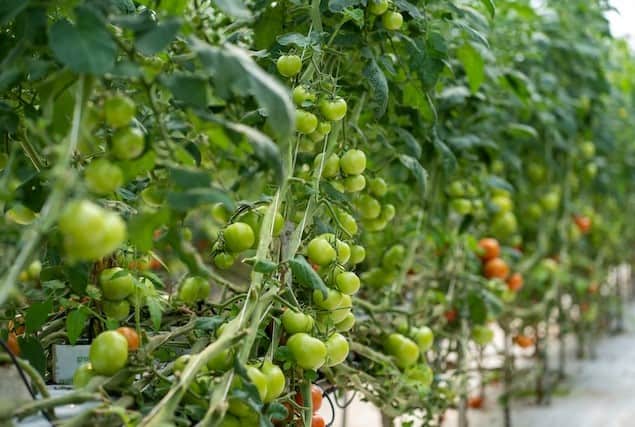
Should You Get Rid of Carpenter Bees?
Although carpenter bees are not good at honey production, they still play a critical role in the ecosystem. Their contribution to farmers vastly affects the farmers’ and home gardeners’ income.
So, despite the notion that these insects are pests that contribute nothing, they actually do more than pay their dues.
Should these bees’ benefits be lesser than the damage that they cause, there are ways to get rid of them without killing them.
Home remedies like wood corks, wood putty, citrus spray, and almond oil spray can help discourage them from burrowing into your wooden structures.
Summary
Despite not producing honey and being solitary bees, carpenter bees are not entirely useless. These species may be fond of boring holes as nests around your home, but they do not get tired of visiting flowering plants.
The carpenter bees kiss flower blossoms to do their share in the environment. These wood bees help to distribute pollen among fruit-bearing plants. It can greatly increase one’s harvest of tomatoes, eggplants, and other vegetables.
While some homeowners may be annoyed at the nesting holes these bees dig in wood, some are glad of their presence in their gardens.
When you feel threatened by their presence that you see the need to get rid of these bee species, follow some ecological ways, but never kill them.
